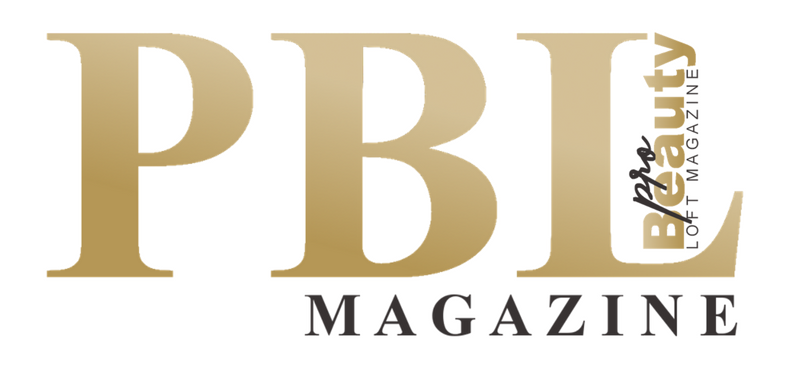Wellness Is Now a $2 Trillion Industry in the US. What Happens Next for the UK?
Wellness has moved from the margins to the centre. In the United States, the industry is now worth over $2 trillion, making up nearly one-third of the global wellness economy. This figure reflects more than a market trend. It marks a change in how people live, spend, and seek comfort in a fast-moving, fragmented world.
Between 2019 and 2023, the US wellness sector grew at more than eight percent a year. Per-person spending is now over $6,000 annually, covering everything from supplements and fitness tech to retreats and mental health services. Yet despite this enormous spend, health outcomes remain stubbornly poor. The investment, for many, is driven by a need to recover, not from illness, but from exhaustion.
In Britain, the direction of travel is similar, though the route looks different. The UK wellness economy hit $224 billion in 2022, a 131 percent rebound from pre-pandemic levels. Wellness now accounts for 7.3 percent of national GDP. The industry is growing fast, but it is also changing shape. Instead of high-performance optimisation, the British market is leaning into slowness, ritual and community.
This is perhaps most visible in the unexpected rise of sauna culture. In 2023, the UK had just 45 public saunas. By early 2025, that number had tripled to 147. It is expected to pass 200 by the end of the year. These saunas are not hidden in gyms or spas. They are out in the open, often in parks, woodlands, or floating on water. They are communal, creative and packed.
The sessions are not passive either. Many involve aufguss rituals, where heat, scent and music are used to guide mood and movement. Others mix in writing workshops, DJ sets or guided silence. It is a very different kind of nightlife. In fact, many younger people are swapping pub culture for sweat and steam. With 43 percent of 18–34-year-olds now avoiding alcohol, saunas have become a new kind of social hub.
The change is not just cultural. It is economic. The UK sauna market was worth around $80 million in 2024 and is forecast to grow by seven percent annually, reaching over $120 million by 2030. Demand for home installations is also rising fast. Retailers report up to 80 percent higher sales than pre-Covid, and some architects say that in high-end housing, requests for private saunas have jumped from 30 to 90 percent.
Wellness real estate is catching up. New-build properties now advertise plunge pools, infrared heat rooms and communal spa access. In the countryside, historic estates are launching nature-based wellness retreats with woodland walks, grief ceremonies, and ice baths in lakes. These developments reflect how wellness is now seen not just as an activity, but a selling point.
Still, there is a growing divide. Sauna sessions can cost more than a theatre ticket. A weekend retreat often runs into the hundreds. While the industry speaks the language of balance and rest, it is largely available to those with disposable income and flexible time. The challenge now is to avoid turning wellness into another marker of privilege.
If this movement is going to have staying power, it needs to be integrated into everyday life. That means more public saunas, more access to nature-based therapies, and a shift in planning and health policy to support community wellbeing. The goal is not more scented steam, but more people feeling like recovery and rest are available to them. No exclusivity, no gatekeeping.
The US has shown how big wellness can grow. The UK now has a chance to show how it might work better.








